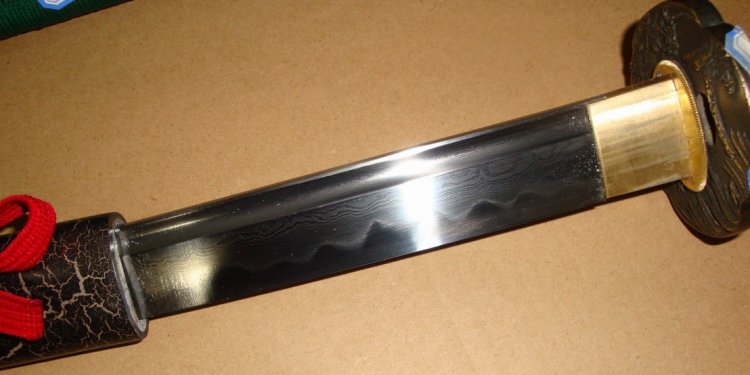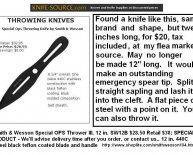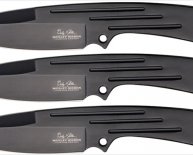
Medieval Katana
By John Clements
They are two of the world's most recognizable and iconic weapons in history: the European double-handed knightly sword and the feudal Japanese double-handed samurai sword. Each of these famous sword types owes its design to the marriage of pragmatic function with technological form. Each evolved to answer specific challenges in their own particular martial environments. Each was tested and improved upon over time through the unforgiving trial of war and duel. Each proved itself in expert hands. The idea of evaluating one against the other is undeniably intriguing. Although the attempt can be an amusing intellectual exercise, an objective approach to comparing the longsword and the katana, however, is highly problematic. The issue is actually far more complicated than simply asking, "Which is the better sword?"
Contrast and comparison of these two sword types as functional tools is difficult foremost because neither weapon exists as a "generic" ideal. There really is no such thing as a generic longsword or a generic katana any more than there is a generic "rifle" or a generic "car." True enough, for each of these famous sword types there are certain quantifiable characteristics. But these qualities vary to such a measure that there really is no standard for what could be considered "typical." Each comes in many varieties.
Even though they are easily identifiable to us now, as artifacts both sword forms - the straight double-edged long-handled war-sword with cruciform hilt, and the curved single-edged Nippon-to - differ considerably in their intrinsic traits. In blade cross-section or hilt configuration even swords of the same "family" or typology are not all of uniform design. Since both styles of sword in question existed in countless varieties, each with numerous atypical variations, it is nearly impossible to consider either in terms of some standardized representative archetype of an entire species of sword.
Yet, both models of sword have certain self-evident aspects that define them as being part of a classification of historical bladed weapons. Among their attributes, each of these objects has a particular length, weight, shape, and blade geometry as well as edge, point, and hilt configuration. When properly handled each sword also possesses a certain center of gravity and inherent balance (matters which can themselves be subjective).
Thus, while any two individual sword blades can be scientifically tested for certain metallurgical properties, any style of sword is more than the sum of its physical parts. As a weapon, a sword is a holistic combination of certain qualities matched together to optimally perform certain physical actions in the hands of a human user. There really are no objective criteria then which can be put forth to quantify specific styles of historical swords in terms of their mechanical properties. There is no real possibility today of performing neutral tests that would proportionally match each type of sword to the historical requirements either was called upon to meet. Striking with a bladed weapon is, after all, not equivalent to dispassionately testing the performance characteristics of two automobiles or two firearms under laboratory conditions.


















